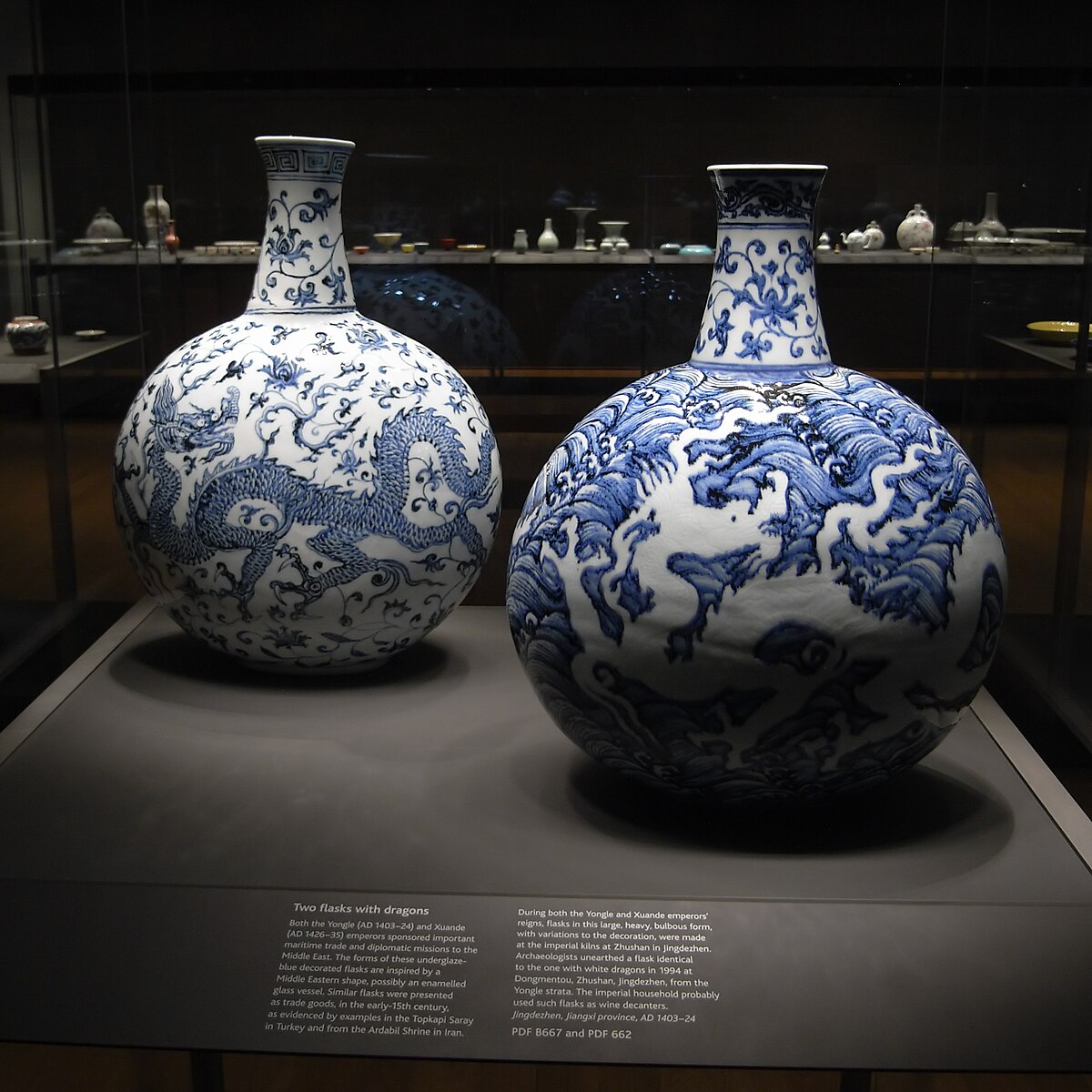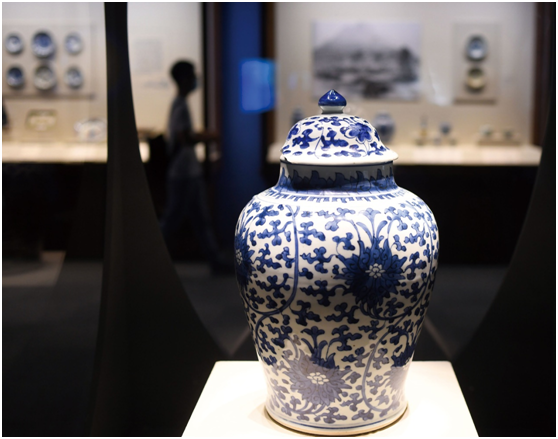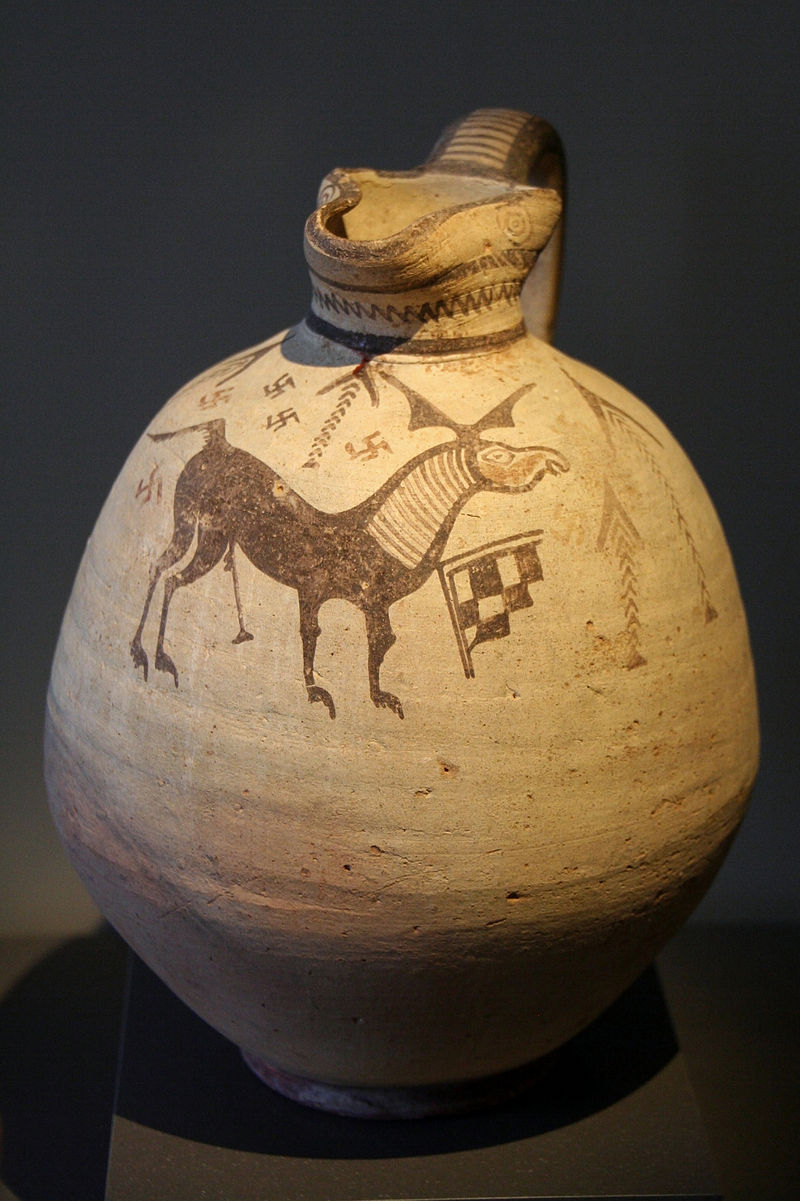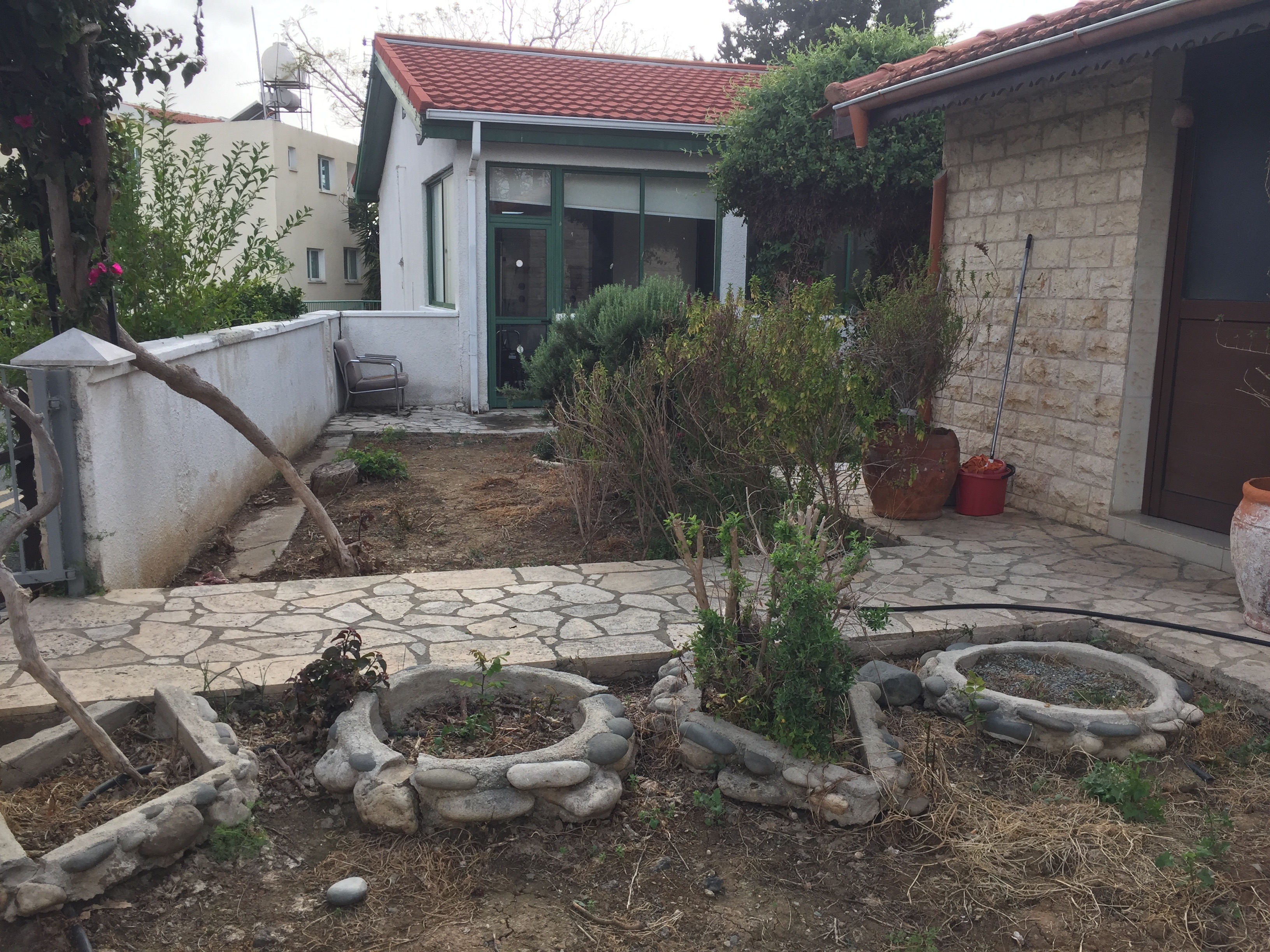Not just items of beauty and ancient tableware, porcelain and pottery played a role in bringing ancient cultures together
By Karen Taylor
Known in English as china, porcelain was first made in China and became representative of the country, after its development during the Han dynasty. Travelling along the maritime silk roads, it soon promoted economic and cultural exchange between China and the outside world, influencing the lifestyles of people globally.
When porcelain arrived in Europe in the 16th century, it caused a sensation; Chinese potters had made a magical material never seen before. Only they knew the production process, which was a closely guarded secret. Production of the classic blue and white porcelain involves 72 steps, including traditional Chinese ink and wash painting techniques.
Archaeological evidence from sites across south east Asia, the Indian subcontinent, Arabian peninsula and Iranian plateau suggests large quantities of Chinese porcelain was imported to these regions, where it became a much sought after status symbol.

And the traditional porcelain itself was even the result of early international trade. Arab merchants were the main exporters of the Persian cobalt that gave the porcelain its characteristic blue colour, who then transported the finished product in the opposite direction. In this way, the export of Chinese porcelain demonstrates the wide reach of the silk roads in cultural exchanges.

Porcelain’s role was also as the ballast in ships transporting silks and other products along the silk roads, becoming the most important export commodity in the history of China’s foreign trade. Blue-and-white porcelain produced in Jingdezhen during the Yuan Dynasty was exported to more than 40 countries and regions and was sold on a large scale to Europe and America, gradually becoming a world commodity.
American historian Robert Finlay reported that in the 16th century, Jingdezhen’s porcelain initiated the first wave of globalisation in human history. Silk and porcelain were traded across the major maritime arteries linking Asia, Africa, Europe and the Americas, connecting the cradles of civilisation and culture around the world.
It is a similar picture today as China’s Belt and Road Initiative (BRI) has injected new vitality into the country’s porcelain capital, attracting large numbers of foreigners, while its porcelain is exported to 37 countries and regions, supporting Chinese President Xi Jinping’s comments that the benefits were far beyond trade. “The exchange of goods and know-how spurred new ideas,” Xi said.
As the porcelain was taken along the silk road some exotic characters appeared on it. The exchange of cultures was also seen in the changing shape of the porcelain, with which European society became obsessed. Legend has it that Augustus II, the king of Poland, was willing to trade 600 soldiers for 150 pieces of porcelain from the king of Prussia. “The trade and exchange along the ancient silk road left us many masterpieces that blended Eastern and Western art,” said curator of an exhibition on the maritime silk road staged in the Forbidden City Zheng Hong.
Far away in both kilometres and time, the people of Cyprus’ Ceramic Neolithic Period started to produce pottery, as unique in its style as the Jingdezhen porcelain. Ceramics known as red on white were produced, in addition to monochrome red pots with intricate patterns.

As Cyprus transitioned into the Bronze Age, the island began to grow as an important trading hub in the Mediterranean. It became a time of great wealth, in which pottery was an important factor, becoming a sought-after commodity across the region. The quality of Cyprus pottery, especially the red polished ware, meant that items from the island were widely sought after throughout the Mediterranean, underlining their role in bringing civilisations closer together.
It too began to show influences from other cultures in the region as Cypriot potters began to incorporate new elements, mostly concerning new shapes but also certain decorative motifs or even techniques. These external features were influenced by imports to the island, testifying to the shifting trading patterns of Cyprus and the Aegean and the Levantine coasts. Evidence of Cyprus pottery in Egypt, Libya, Rhodes and other areas reflects its role as a major player in Eastern Mediterranean trade networks of the time.
The red clay pottery that was produced at the time is a tradition that has survived until today mainly in the villages of the Troodos mountains and has been included on the UNESCO Intangible Heritage List. Cypriot pottery with its distinct shapes, patterns and colours today weaves a narrative of a culture both influenced by and distinct from its neighbours.
Through both the silk roads and ancient eastern Mediterranean trading routes, pottery has promoted economic integration, mutually beneficial cooperation, and the improvement of people’s living standards around the world.
About Mirror of Culture
Mirror of Culture is a joint initiative of the Cyprus Mail and the Chinese embassy. It highlights the parallels between Cypriot and Chinese culture to set an example of acceptance, respect and
understanding among the various cultural communities on the island, recognising the fundamental importance of culture.
Culture is the universal language that transcends many barriers, including language and geography. The aim is to work with diverse cultural communities in Cyprus to share and promote our vibrant cultures to further bolster the bonds among all the people of Cyprus and celebrate the diversity of cultures in the world.
Furthermore, the initiative understands the importance of cultural preservation, which is an important way for us to transmit traditions and practices of the past to future generations.







Click here to change your cookie preferences